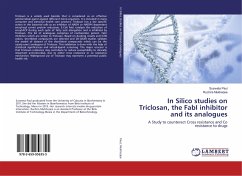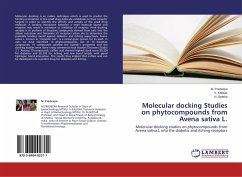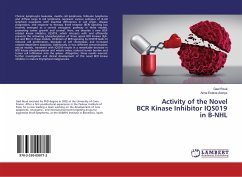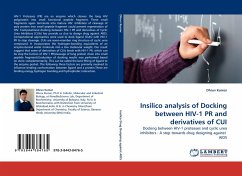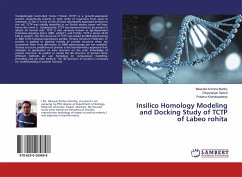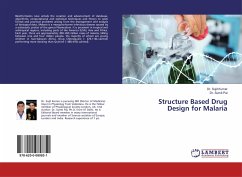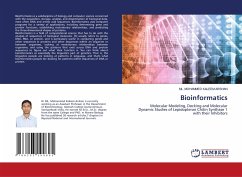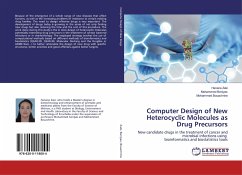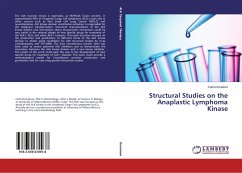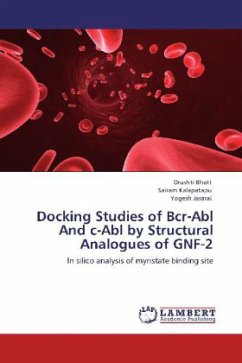
Docking Studies of Bcr-Abl And c-Abl by Structural Analogues of GNF-2
In silico analysis of myristate binding site
Versandkostenfrei!
Versandfertig in 6-10 Tagen
32,99 €
inkl. MwSt.

PAYBACK Punkte
16 °P sammeln!
In an attempt to search for new pharmacological approach to overcome resistance to ATP-binding-site inhibitors of Bcr-Abl, allosteric inhibitors had been discovered. The ATP-competitive inhibitors nilotinib and dasatinib, which bind to catalytically different conformation of the Abl kinase domain, had been approved for the targeting most of imatinib-resistant CML, fail to effectively suppress the Bcr-Abl activity of T351I (gatekeeper) mutation. The GNF-2, class of compound that inhibits Bcr-Abl kinase activity through an allosteric non-ATP competitive mechanism. The GNF-2 binds to myristate-bi...
In an attempt to search for new pharmacological approach to overcome resistance to ATP-binding-site inhibitors of Bcr-Abl, allosteric inhibitors had been discovered. The ATP-competitive inhibitors nilotinib and dasatinib, which bind to catalytically different conformation of the Abl kinase domain, had been approved for the targeting most of imatinib-resistant CML, fail to effectively suppress the Bcr-Abl activity of T351I (gatekeeper) mutation. The GNF-2, class of compound that inhibits Bcr-Abl kinase activity through an allosteric non-ATP competitive mechanism. The GNF-2 binds to myristate-binding site of Abl, leading to change in structure of ATP-binding-site. The GNF-5, an analogue of GNF-2 has appropriate pharmacokinetic properties, used in simultaneous binding of ATP-binding-inhibitors imatinib and nilotinib to obscure resistant mutation in Bcr-Abl. The aim of this work is to analyse the different structural analogues of GNF-2, which can be used as therapeutic agent to treatChronic Myelogenous Leukemia (CML).



